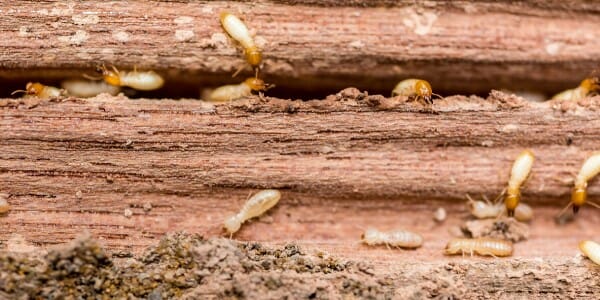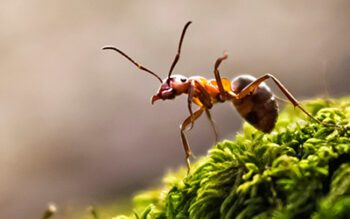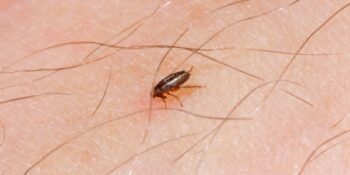
Termites: the sworn enemy of homeowners and exterminators alike. While other insects may have their upsides, it’s difficult to find many positives when it comes to these pests. Still, there are many things we can learn about termites, and having a better understanding is the first step towards protecting our homes and property. With that in mind, here are 10 interesting facts about termite colonies you may not know.
1. Termites do not sleep.
That alone should give you a reason to be concerned! Instead of sleeping when it’s dark and being active during daylight hours like many other insects, termites are always on the clock. They are perpetually awake, building their colonies and constantly eating. If you’ve ever experienced the damage these pests can produce, it’s in part because they never sleep.
2. Termites are social insects.
You might not expect it with their endless activity; however, termites are quite social. They exist in large colonies – the largest ever recorded contained more than three million – and frequently spend time grooming one another (which helps prevent disease). They also share parenting duties as a colony and raise their young as a group.
3. The queen can create several termite colonies over her lifetime.
A termite queen can live from 15 to 25 years, during which time she will lay more than 150 million eggs! Inevitably the original colony will be forced to split to accommodate all of the bugs. These satellite termite colonies will eventually grow big enough to establish an independent colony. The queen is responsible for all of it.
4. The total weight of termites is heavier than the total weight of humans.
Based on what we know about these insects’ abilities to reproduce in mass quantities, it’s estimated that there are 1,000 pounds of termites for every human on the planet right now. That’s a lot of bugs! And it underlines just how destructive they can be when they infest your home. At Suburban Exterminating, we are on your side. We refuse to let your home or business be overpowered.
5. There are about 2,000 species of termites.
Although three unique species are most common (damp wood, dry wood, and subterranean), many more species branch off from these. As they do, those species become harder to detect, and therefore more difficult to eliminate – especially with store-bought and do-it-yourself methods. No matter what your termite issues are, we have the expertise to handle it.
6. Some termites live for about 20 years.
Unlike other insects with short – and even very short – life spans, termites have a lot of staying power. While the average worker or soldier termites live approximately one to two years, many others, including the king and queen, can last decades.
7. Termite colonies can be over 30 feet tall.
While most of us are familiar with termites that burrow in trees or build nests underground, some termites build tall nests above ground. These mounds are frequently discovered in parts of Africa and Australia, and some reach 30 feet – or three stories – in height!
8. More than one colony can infest a home.
If your home or property is experiencing an infestation, it’s highly likely that more than one colony is at work. When food, especially in the form of cellulose found in wood, is available, different colonies will often swarm together. In this way, their impact is multiplied and the risk to your structure is even greater.
9. Some termites have temporary wings.
In the same way that you and I only get into a car when we need to go somewhere, many termites only grow wings to relocate. For example, if a group of termites is preparing to create a new colony, they will grow wings to help them swarm away. As soon as that colony is built, these termites will shed their wings.
10. Termites cause over $5 billion in property damage.
Shockingly, that number is annual, and it emphasizes just how destructive these insects can be. Much of their damage is done silently – before homeowners even know there’s a problem. But that silence comes with a price: the wooden studs in your walls, your floorboards and the frame that holds your roof up – even your wallpaper: it’s all a meal for termites.
Suburban Exterminating is committed to protecting your home and family from these very real dangers. Our area of New York and the surrounding vicinity is especially vulnerable to subterranean termites, and the spring months are when we’re most likely to see their swarms. In many cases, the damage these termites do is not covered by homeowner’s insurance. By utilizing the Sentricon Termite System, as well as conventional termite treatments, we protect homes and businesses just like yours every day. Call us right now to schedule your consultation!





